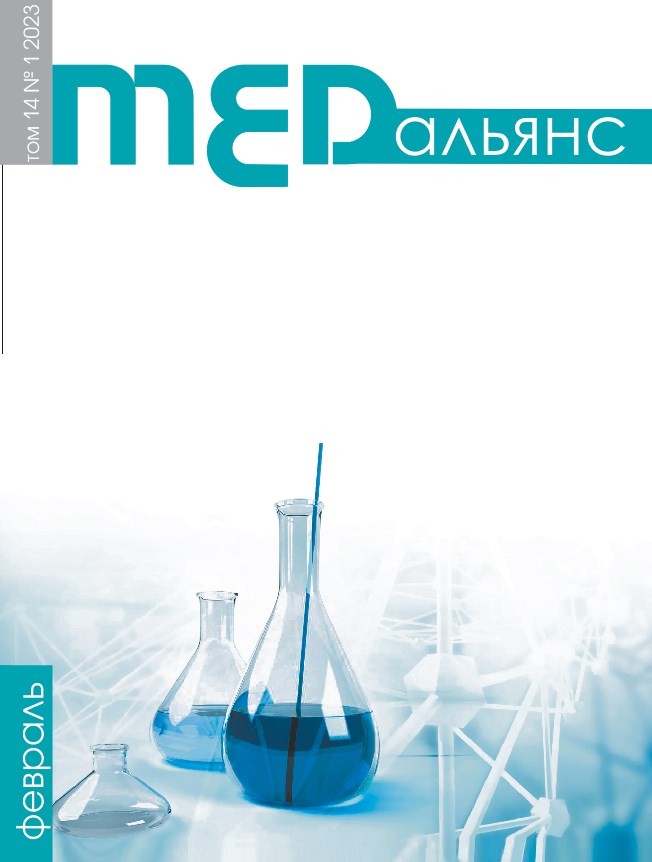Abstract
In the article, the authors review toxic effects of the vapour of electronic nicotine delivery systems’ (ends’), or vaping. Nicotine, the main component of the ends’ liquids, is addictive, while ionization of nicotine increases its solubility and allows to use the liquids in electronic cigarettes with higher concentrations of dissolved nicotine. рН value of liquid nicotine is decreased when various acids are added to the nicotine freebase, most well-known and most commonly used being: lactic, benzoic, 4-оxopentanoic, salycilic, malic, and tartaric acids. Such feelings as tickling in the throat, headache, cough, and others are fewer when vaping. Besides nicotine, vaping cartridges contain flavourants; approximately 85% ends’ liquids contained flavourants at concentrations higher than 1 mg/ml, 37% — >10 mg/ml. Some products contained menthol and ethyl maltol in concentrations 30 and 100 times higher that their cytotoxic values. Оne of smoke liquids contained cinnamaldehyde in concentrations
around 343 mg/ml, which is more than 100,000 times higher its cytotoxic value. Some compounds, which by themselves are not toxic, may form toxic substances when heated. For example, propylene glycol when oxidized produces a mixture of acetone, aldehyde, lactic acid, formaldehyde, and acetaldehyde; while oxidation of glycerine leads to the formation of formaldehyde, aldehyde, and acrylaldehyde. The study showed that 150 heating cycles led to the loss of chrome and iron from cantal coils (up tо 19 % and 58 %, respectively); iron and nickel from nichrome coils (up tо 14% and 43%, respectively). Some data show the risk for the development of bronchial asthma (BA), other respiratory diseases, and overall unfavourable impact of the ends’ vapour on cardio-vascular system, and ENT organs. Electronic cigarettes may enhance genotoxic effects of the tobacco smoke cancerogenes. Conclusion. Both nicotine, flavourants, smoke liquids’ heating products (propylene, glycol, glycerine), and metals may have unfavourable impact on health. More and more studies appear that demonstrate such toxic effects, or cancerogenesis in animal or cell models.

